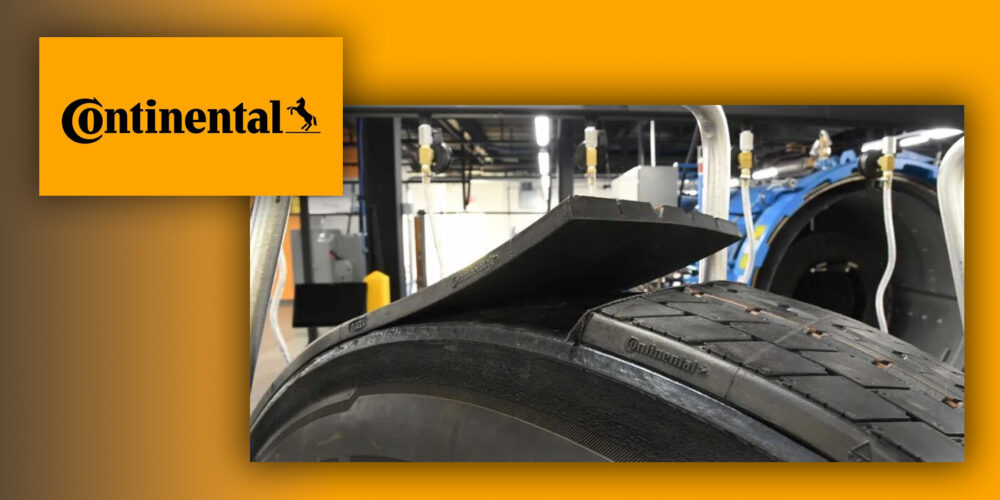The alternate energy world can be confusing. To help us all better get our minds around recent developments, I created a simplistic tabulation for first and second generation sources with which I am familiar.
Algae
Pros: It removes CO2 from atmosphere, no sulfur, less CO, CO2 and HC, 80% of energy of crude oil, 10 to 100 times better yield than competitors, uses untillable land and doesn’t compete with food crops.
Cons: It’s currently too expensive and several years from commercialization.
Biodiesel
Pros: It’s a proven technology, equivalent mileage to diesel and readily available.
Cons: Its cold temperature performance and fraudulent RINs.
Electricity (battery & plug-in)
Pros: It’s a proven technology, provides 100% torque at startup and has the lowest operating cost.
Cons: Its high initial cost, weight/range limitations and battery replacement costs.
Ethanol (corn-based)
Pros: It’s a proven technology and farmers and Big Ag love it.
Cons: Its terrible fuel economy, more GHG emissions and corrosion issues.
Dimethyl Ether
Pros: It’s made from coal or natural gas, reduces CO, NOx and PM, sulfur-free, doesn’t compete with food crops and offers a high cetane number.
Cons: Its cost and it needs further development.
Isobutanol
Pros: Its energy density is 98% of gasoline, doesn’t absorb water, natural product of fermentation and sulfur free.
Cons: Its cost and needs further development.
Natural Gas
Pros: Its cost, reduced emissions and extensive proven reserves.
Cons: Its high initial cost, it lacks infrastructure and requires maintenance training.
I’ve completely written off corn-based ethanol because of all its problems. Cellulosic ethanol makes more sense, but development work is necessary prior to commercialization. Corrosion is always present with alcohol fuels.
Electrical power only makes sense in niche applications because of its weight and range limitations, but it is not zero emissions. Still, 60% of our electrical power is generated by coal—one of the dirtiest fuels. Rare earth batteries catch fire when exposed to water.Biodiesel is more promising because of its energy density, and I think its future will look brighter when fuels such as dimethyl ether and isobutanol are further developed and commercialized. To me, algae is the obvious choice for alternate power for commercial users in the long term. Algae is effective, and it doesn’t compete with food crops for tillable lands. We’ll all be “green” eventually, but it will take several years.
In the near term, I prefer biodiesel/clean diesel or LNG for high-mileage trucking and natural gas for everything else. The problem with plant-based biodiesel and/or clean diesel fuels is volume. We use a lot of distillate fuel for aircraft, home heating, industry and transportation. Currently, biodiesel production is sufficient to meet transportation and consumer needs, but total biodiesel usage will be limited by production capacity. Also, cold weather issues limit more widespread biodiesel acceptance. We’ve uncovered an over 50-year supply of natural gas reserves, so the low cost of natural gas should be sustainable. Big Oil will support natural gas, so that eases infrastructure issues.
Do you get the impression that I prefer natural gas?














